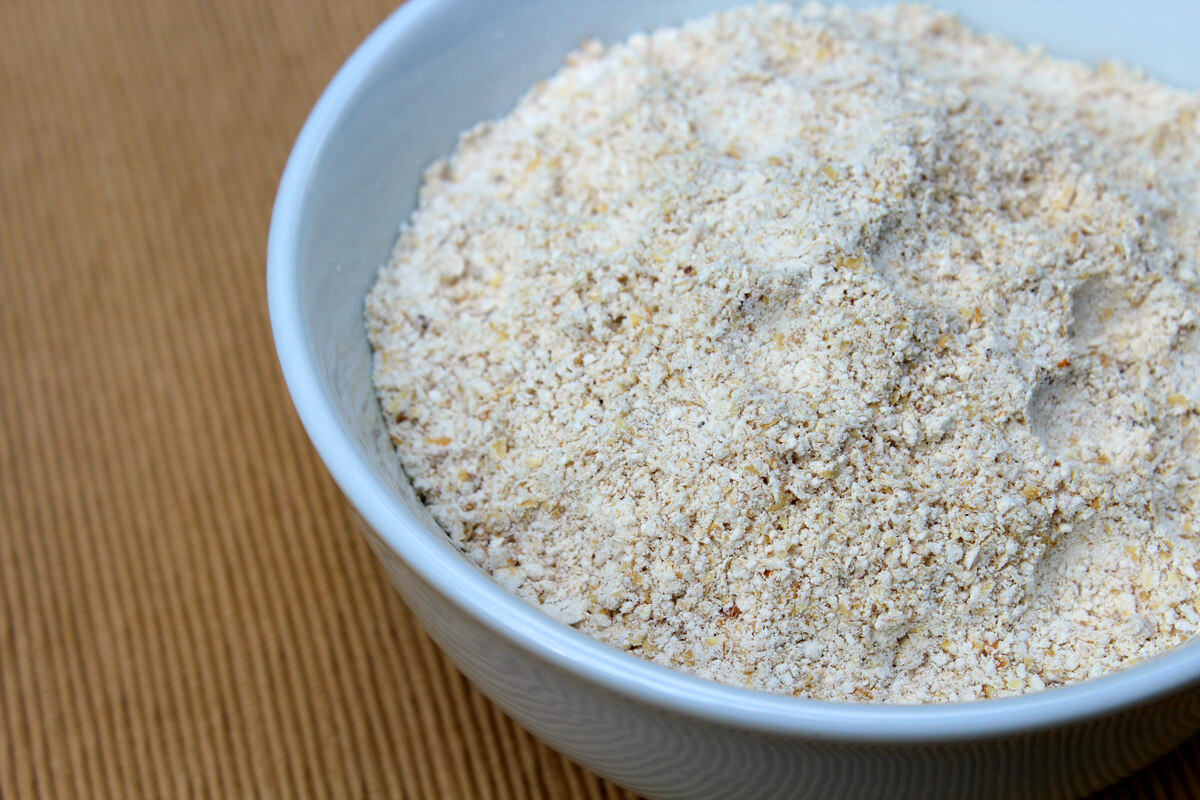

Articles
How To Store Oat Flour
Modified: February 23, 2024
Learn the best method to store oat flour in this informative article. Keep your flour fresh and extend its shelf life with our helpful tips.
(Many of the links in this article redirect to a specific reviewed product. Your purchase of these products through affiliate links helps to generate commission for Storables.com, at no extra cost. Learn more)
Introduction
Oat flour has become increasingly popular in recent years due to its numerous health benefits and versatility in baking and cooking. Made from ground oats, it is a gluten-free alternative that is packed with nutrients such as fiber, protein, and vitamins.
When it comes to storing oat flour, proper techniques are crucial to ensure its freshness and quality. With the right storage methods, you can extend the shelf life of oat flour and prevent it from spoiling or acquiring an off taste. In this article, we will discuss how to store oat flour properly to maintain its nutritional value and flavor.
By following these guidelines, you can enjoy the benefits of oat flour for an extended period, save money by avoiding waste, and have it readily available for your culinary adventures.
Key Takeaways:
- Properly storing oat flour is crucial to maintain its freshness, nutritional value, and quality. Choose the right container, store in a cool, dry place, and check for spoilage signs to enjoy its benefits for longer.
- By following storage guidelines, you can preserve oat flour’s nutrients, prevent spoilage, and save money. Select an airtight container, keep it away from moisture and light, and regularly check for signs of spoilage to ensure its quality.
Read more: How To Make Oat Flour Without Blender
Why Store Oat Flour Properly
Properly storing oat flour is essential for several reasons:
- Preserve freshness: Oat flour, like any other food item, is susceptible to spoilage. By storing it correctly, you can maintain its freshness and prevent it from becoming rancid or developing a stale taste.
- Maintain nutritional value: Oat flour is packed with nutrients, such as fiber, protein, and vitamins. By storing it properly, you can ensure that these valuable nutrients are preserved, allowing you to reap the health benefits when using the flour in your recipes.
- Prevent pests: Oat flour, like other grain-based products, can attract pantry pests like weevils or moths. Storing it properly will help prevent infestations and the need for throwing away contaminated flour.
- Save money: If oat flour is not stored properly, it can lose its freshness and quality, leading to the need for replacement. By taking the necessary steps to store it correctly, you can avoid unnecessary waste and save money by ensuring that the flour remains usable for an extended period.
With these reasons in mind, it is clear that proper storage methods are crucial for preserving the freshness, nutritional value, and overall quality of oat flour.
Choose the Right Container
One of the key factors in storing oat flour properly is selecting the right container. Here are some considerations:
- Airtight: Choose a container that has an airtight seal to prevent air from entering and oxidizing the oat flour. This will help maintain its freshness and prevent the flour from going rancid.
- Durable: Opt for a container that is made of durable material, such as glass or food-grade plastic, to prevent the flour from being crushed or exposed to moisture.
- Opaque: Oat flour is sensitive to light, which can degrade its quality over time. Choose an opaque container that blocks out light to maintain the integrity of the flour.
- Appropriate size: Select a container that is the right size for the amount of oat flour you typically use. This will minimize the amount of air in the container and prevent unnecessary exposure to oxygen.
When choosing a container, consider repurposing glass jars with airtight lids or investing in food storage containers specifically designed for storing dry goods like flour. These containers are often available in different sizes, allowing you to choose the one that best fits your needs.
Remember to label the container with the date of storage to keep track of its freshness and prevent confusion with other similar-looking ingredients in your pantry.
By selecting the right container, you can create an ideal environment for storing oat flour and maintaining its quality for an extended period.
Store in a Cool and Dry Place
Another crucial aspect of storing oat flour properly is choosing an appropriate storage location. Here’s why storing oat flour in a cool and dry place is important:
- Temperature control: Oat flour is sensitive to temperature fluctuations, particularly heat. Exposure to high temperatures can lead to the breakdown of nutrients and the development of off flavors. To prevent this, store oat flour in a cool location with a consistent temperature.
- Avoid moisture: Moisture is another enemy of oat flour. It can cause the flour to clump together and create an ideal environment for mold growth. Choose a dry location to prevent moisture absorption and extend the shelf life of your oat flour.
- Avoid humidity: Humidity can also negatively impact the quality of oat flour. High levels of humidity can lead to the development of mold or mildew, causing the flour to spoil quickly. Store oat flour away from areas with high humidity, such as the kitchen sink or dishwasher.
When selecting a storage spot, consider placing your oat flour in a cupboard or pantry away from direct sunlight or sources of heat, such as the stove or oven. Additionally, ensure that the storage area is well-ventilated to avoid trapping excess moisture.
Remember, avoiding extreme temperatures and high humidity will help maintain the freshness and quality of oat flour, allowing you to use it for an extended period without any concerns.
Store oat flour in an airtight container in a cool, dark place, such as a pantry or cupboard. This will help to preserve its freshness and prevent it from becoming rancid.
Keep Away from Moisture and Light
Moisture and light are two factors that can significantly impact the quality and shelf life of oat flour. Follow these guidelines to protect your oat flour from moisture and light:
- Sealed container: Ensure that the container you use to store oat flour is tightly sealed to prevent any moisture from entering. This will help keep the flour dry and free from clumps.
- Avoid condensation: Moisture can accumulate inside the container due to condensation. To prevent this, allow the oat flour to come to room temperature before transferring it to the storage container. This will help reduce the chances of moisture forming inside the container.
- Keep away from water sources: Store oat flour away from any water sources in your kitchen, such as sinks or dishwashers. Even a small amount of water can cause the flour to become damp, leading to spoilage.
- Avoid direct sunlight: Oat flour is sensitive to light, which can degrade its quality over time. Keep the storage container in a dark area, away from direct sunlight or bright artificial lights. If necessary, consider using an opaque container or storing it inside a dark cupboard or pantry.
By taking these preventive measures, you can protect your oat flour from moisture and light exposure, ensuring that it retains its freshness and flavor for a longer duration.
Read more: How To Store Almond Flour
Avoid Exposure to Air
When it comes to storing oat flour properly, minimizing its exposure to air is crucial. Oxygen can lead to the oxidation of the flour, resulting in a loss of flavor, texture, and nutritional value. Here are some tips to avoid exposure to air:
- Fill the container: When storing oat flour, ensure that the container is filled to the top to reduce the amount of air inside. This will help prevent oxidation and keep the flour fresh for a more extended period.
- Pack it tightly: After filling the container, pack the oat flour tightly to eliminate any air pockets. You can achieve this by gently tapping the container on a flat surface or using a spoon to press the flour down. Packing the flour tightly will further minimize air exposure.
- Avoid frequent container opening: Each time you open the container, air enters and exposes the flour to oxygen. To minimize this, try to limit the number of times you open the container. Instead, consider transferring the oat flour to a smaller, daily-use container, keeping the larger batch sealed tightly for long-term storage.
- Re-seal properly: After each use, ensure that the container is tightly sealed to prevent any air from entering. This will help maintain the freshness and quality of the oat flour.
By following these tips, you can significantly reduce the exposure of oat flour to air, preserving its taste, texture, and nutritional value for an extended period.
Check for Signs of Spoilage
Even with proper storage techniques, it’s essential to periodically check your oat flour for any signs of spoilage. Here are some indicators to watch out for:
- Off smell: Oat flour that has gone bad may have a rancid or musty odor. If you detect a strong, unpleasant smell, it’s a sign that the flour has spoiled and should be discarded.
- Change in color: Fresh oat flour has a light, creamy color. If you notice any discoloration, such as darkening or the presence of mold, it’s a clear sign that the flour is no longer safe to use.
- Texture changes: Good oat flour should have a fine and powdery texture. If you notice clumping, lumpiness, or a gritty texture, it’s an indication that moisture may have entered the container, causing the flour to deteriorate.
- Unusual taste: Oat flour that has gone bad may have a bitter or off taste. If the flour tastes noticeably different from its usual flavor, it’s best to discard it.
When checking for spoilage, trust your senses. If anything seems off or questionable, it’s better to err on the side of caution and dispose of the oat flour.
Remember to monitor the storage conditions, such as temperature and moisture levels, to ensure that the oat flour remains in optimal condition for as long as possible. By regularly inspecting your oat flour, you can catch any signs of spoilage early and prevent using compromised flour in your recipes.
Conclusion
Proper storage techniques are essential for maintaining the freshness, nutritional value, and overall quality of oat flour. By following the guidelines discussed in this article, you can ensure that your oat flour remains in optimal condition for an extended period.
Remember to choose the right container, such as an airtight, opaque, and durable option, to protect the flour from exposure to air, moisture, and light. Store the container in a cool, dry place away from direct sunlight and water sources to maintain the integrity of the flour.
Regularly check for signs of spoilage, such as off smells, discoloration, texture changes, or unusual tastes, to determine if the oat flour has gone bad and should be discarded.
By implementing these storage practices, you can enjoy the benefits of oat flour for a longer duration, save money by avoiding waste, and have peace of mind knowing that you are using high-quality flour in your culinary creations.
So, take the necessary steps to store your oat flour properly and savor its nutritional goodness in all your favorite recipes!
Frequently Asked Questions about How To Store Oat Flour
Was this page helpful?
At Storables.com, we guarantee accurate and reliable information. Our content, validated by Expert Board Contributors, is crafted following stringent Editorial Policies. We're committed to providing you with well-researched, expert-backed insights for all your informational needs.
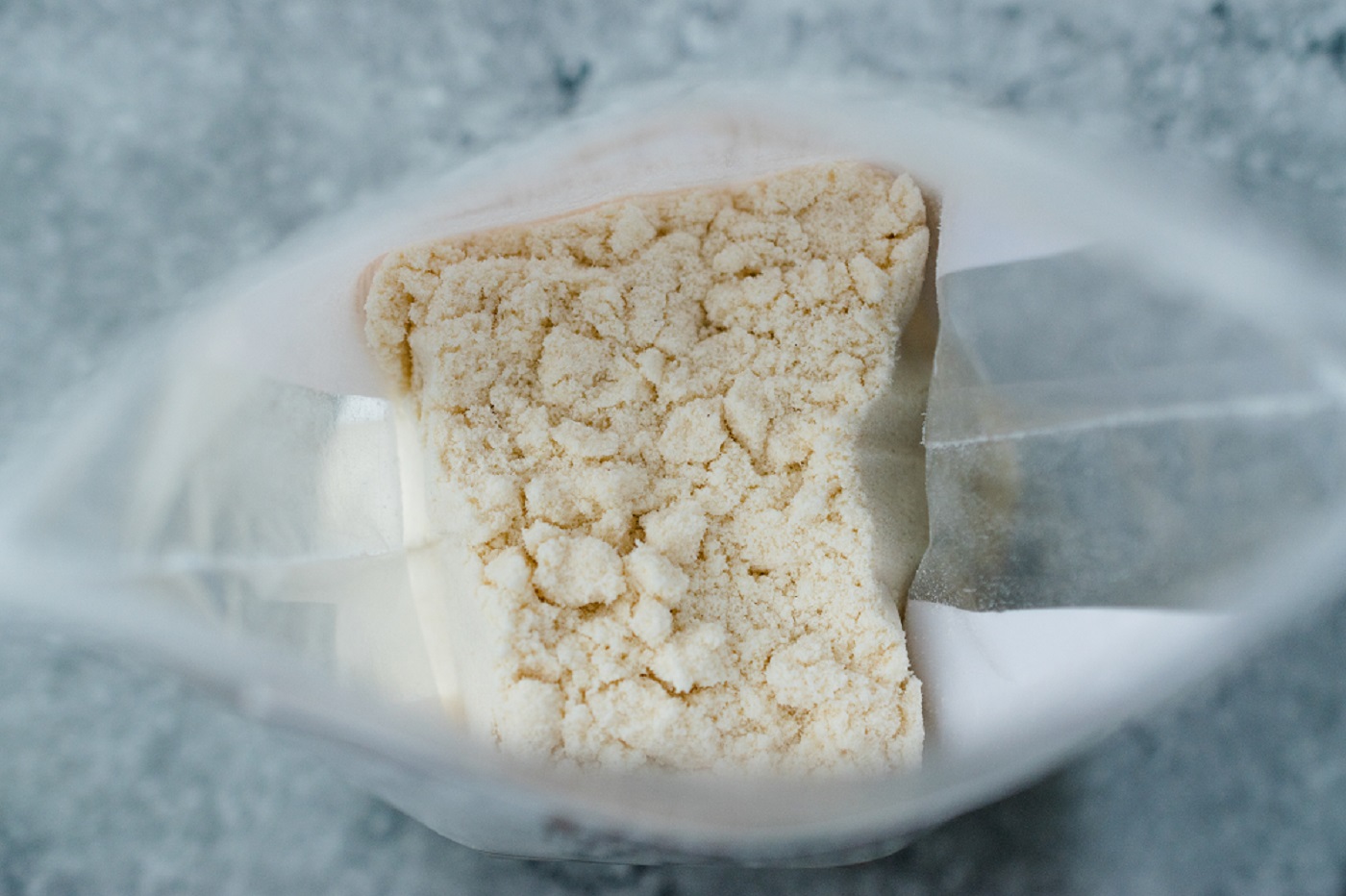

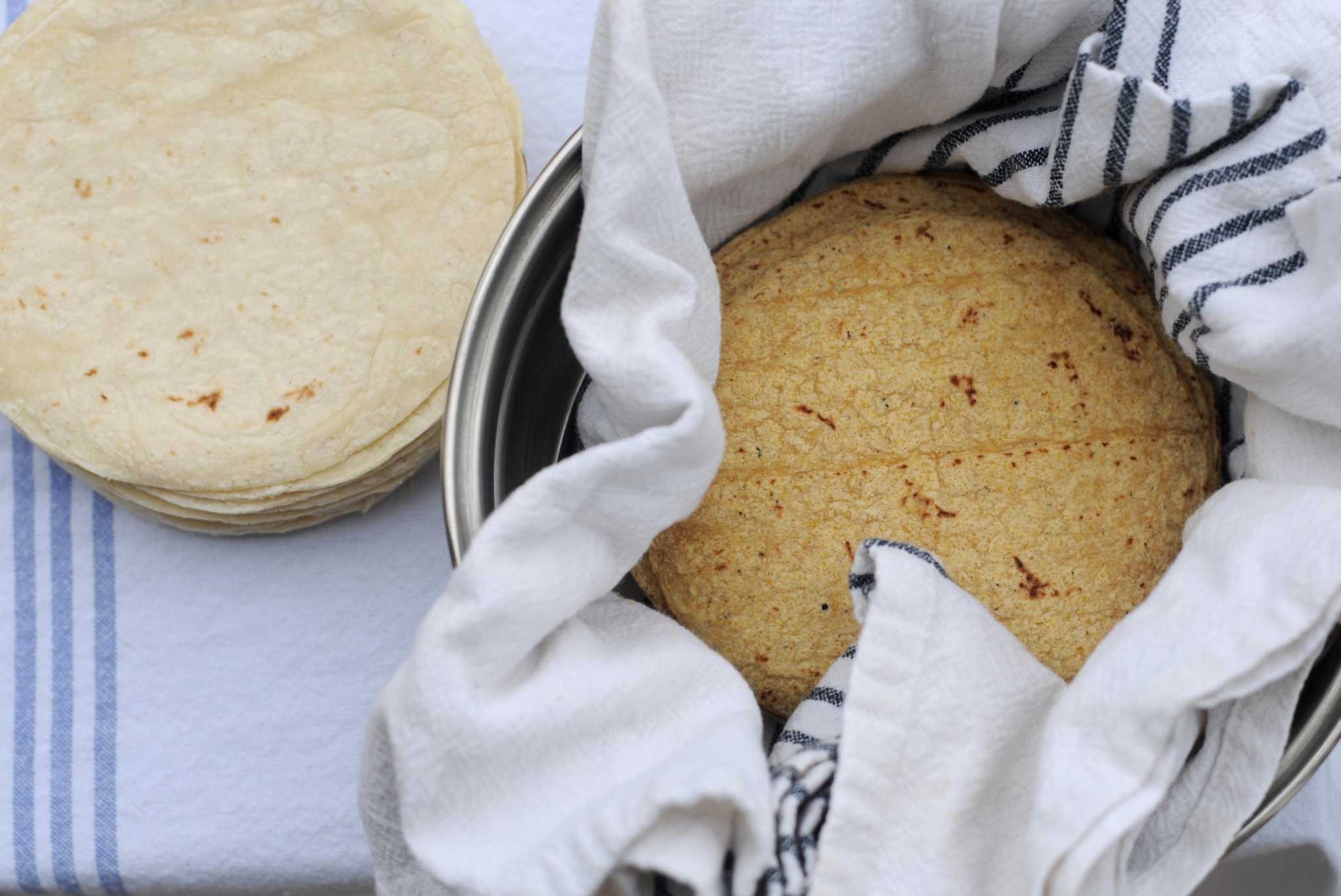
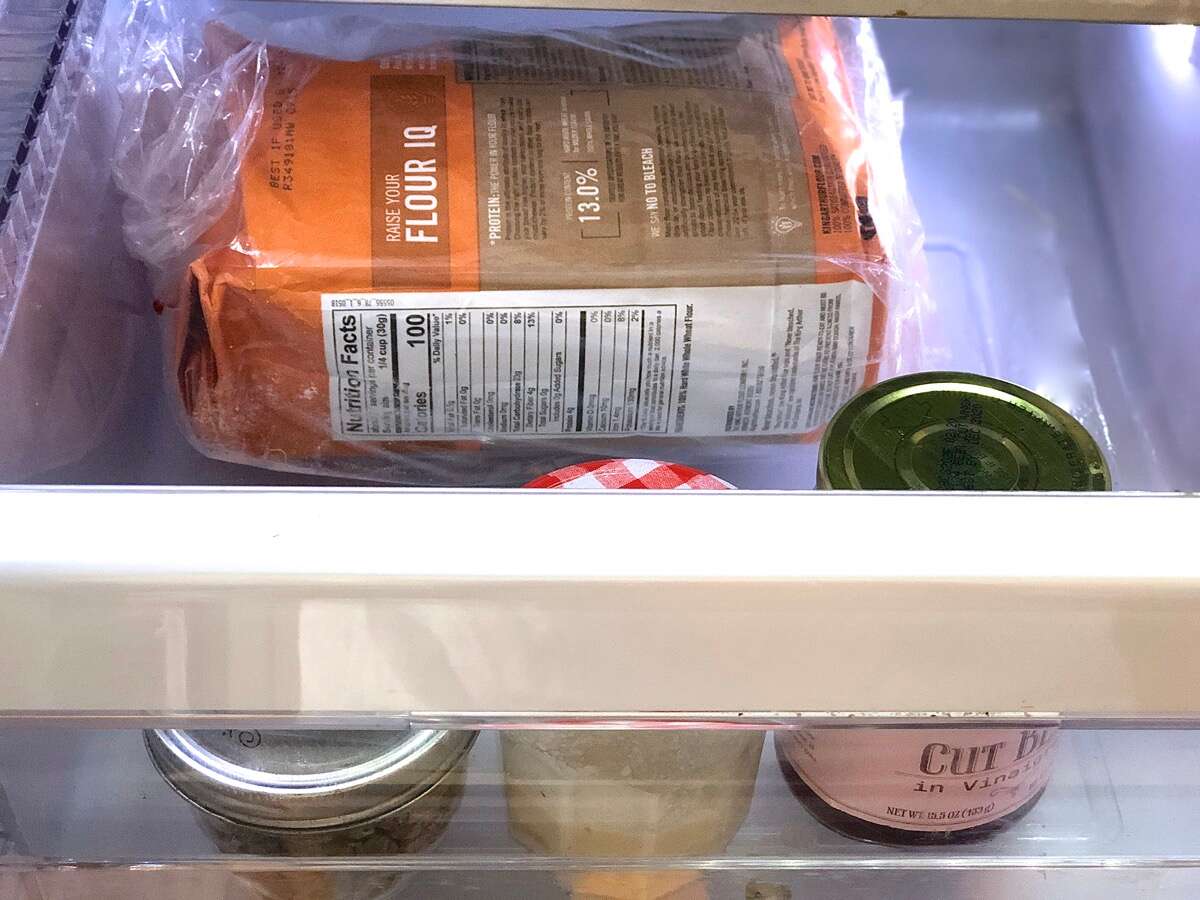
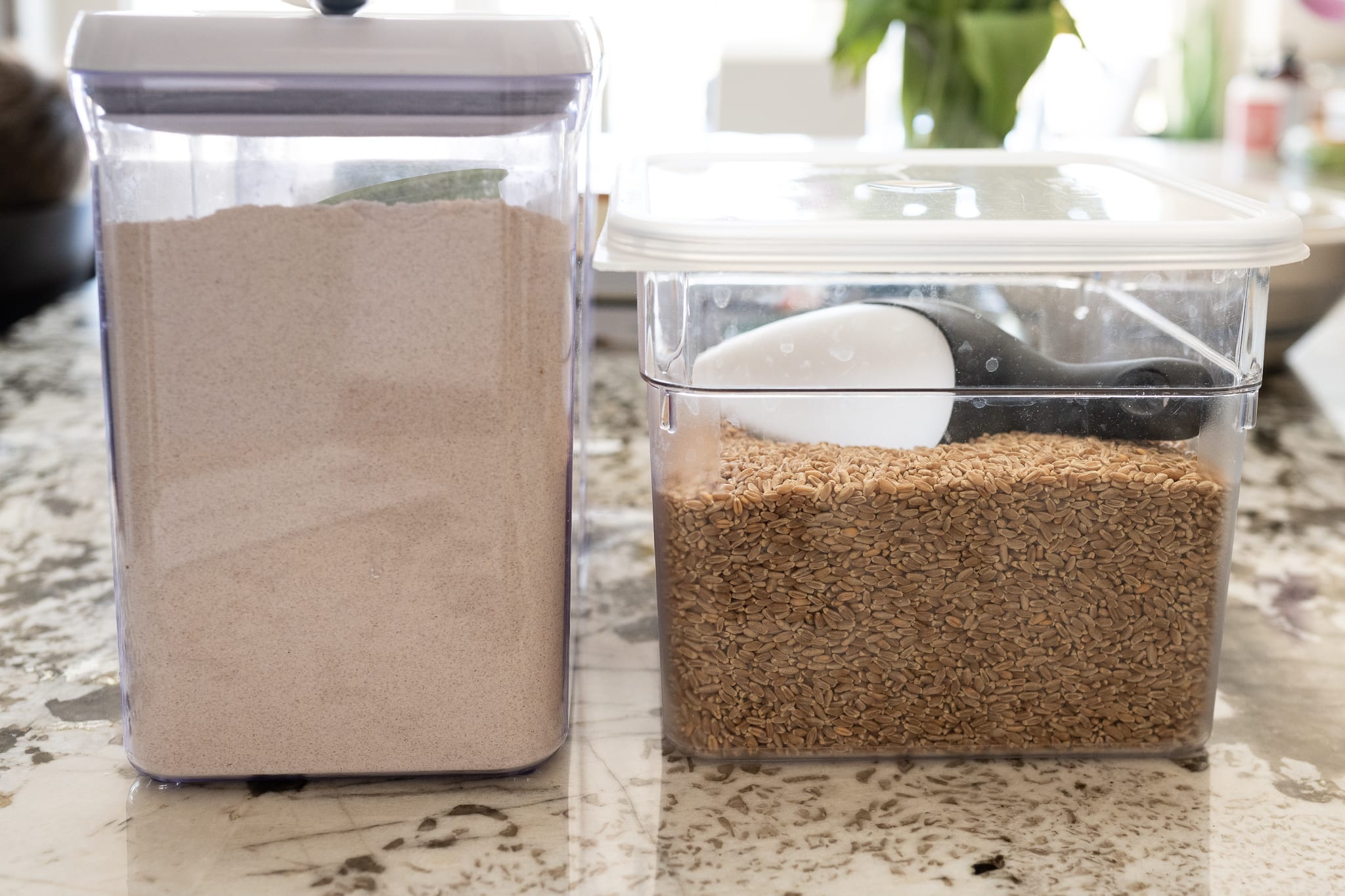
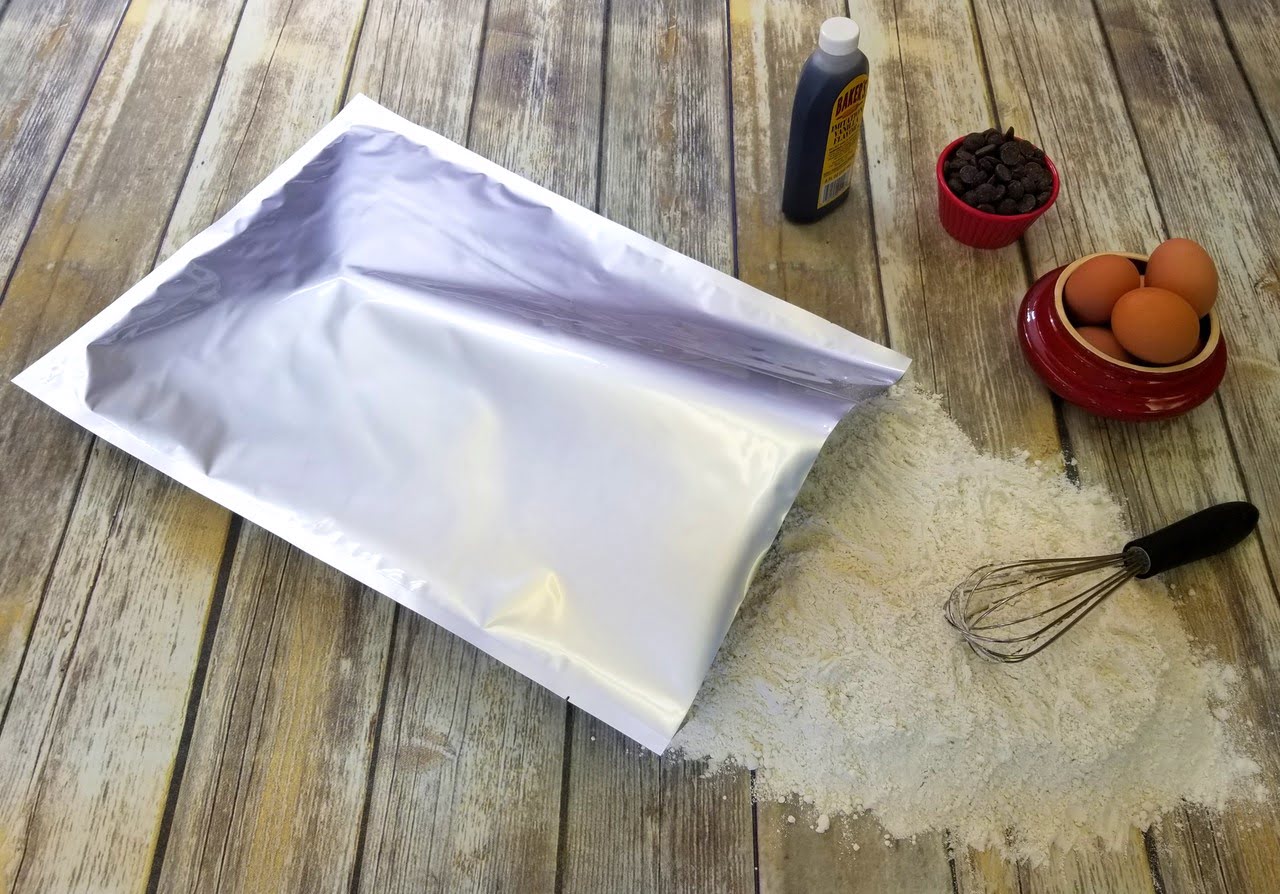
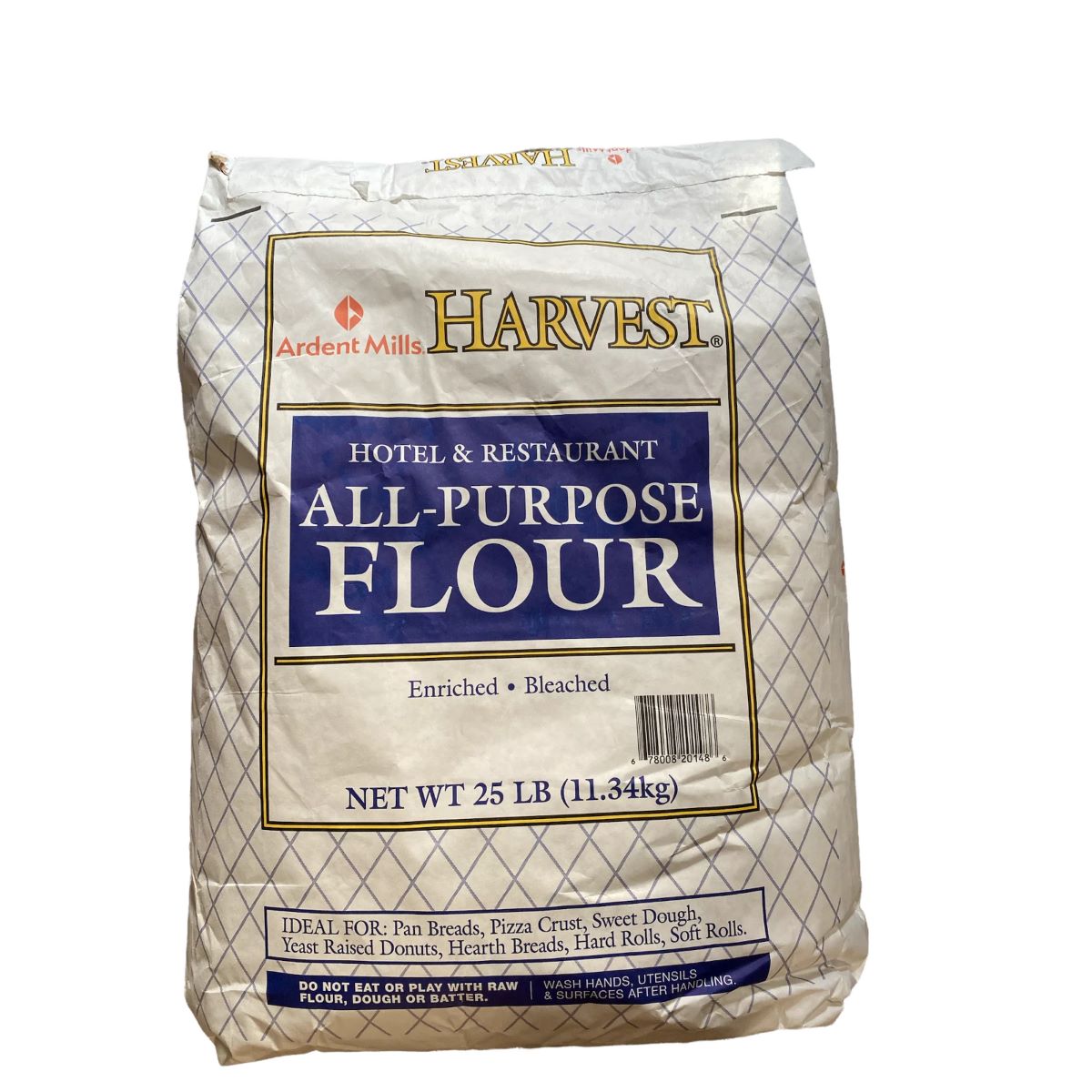
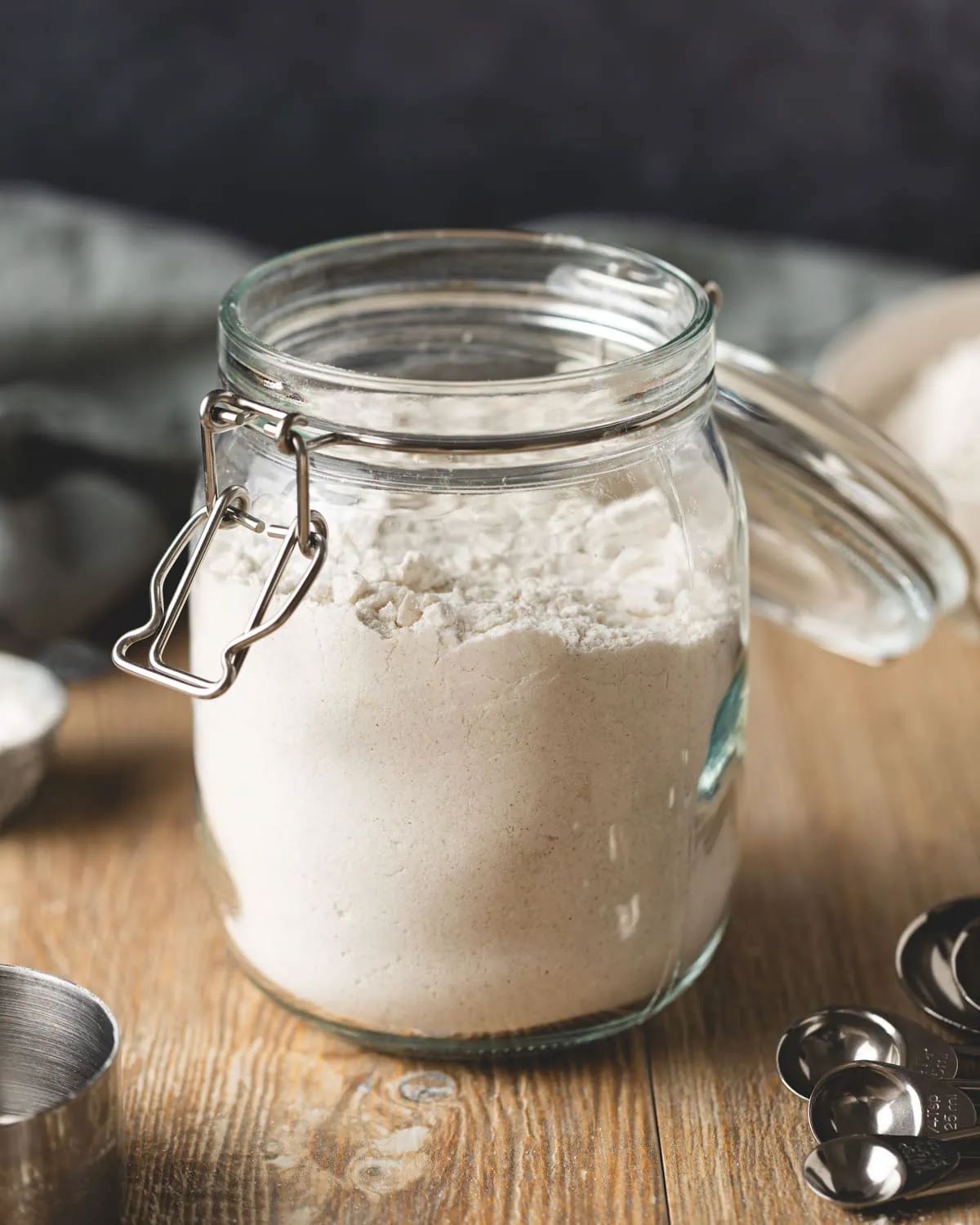
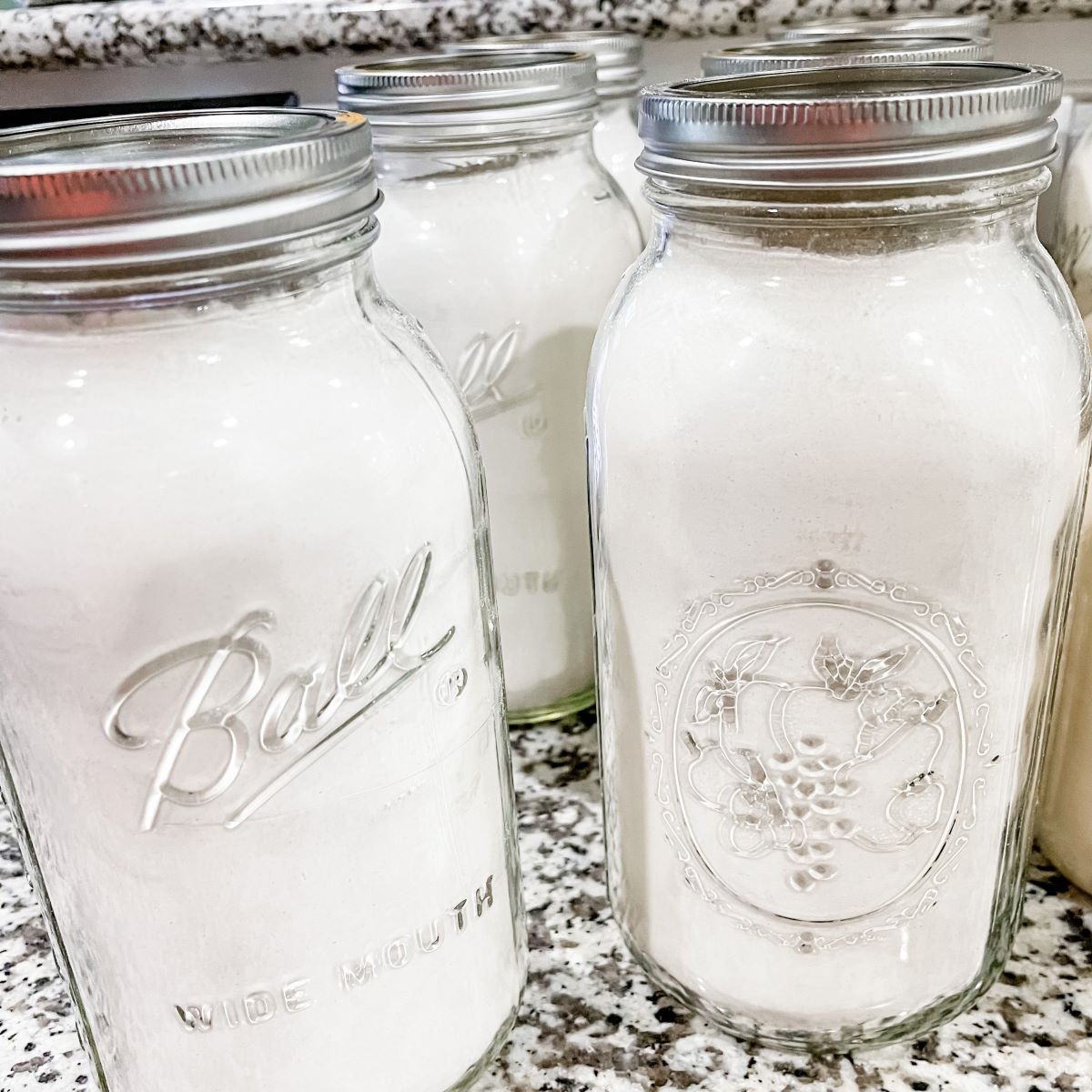
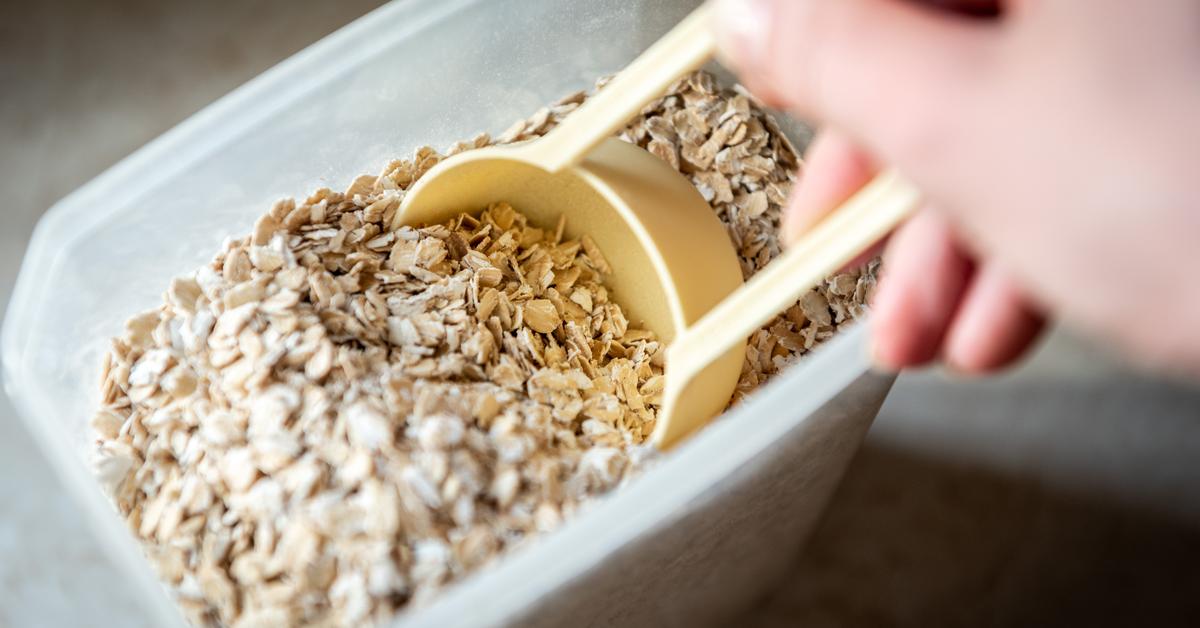
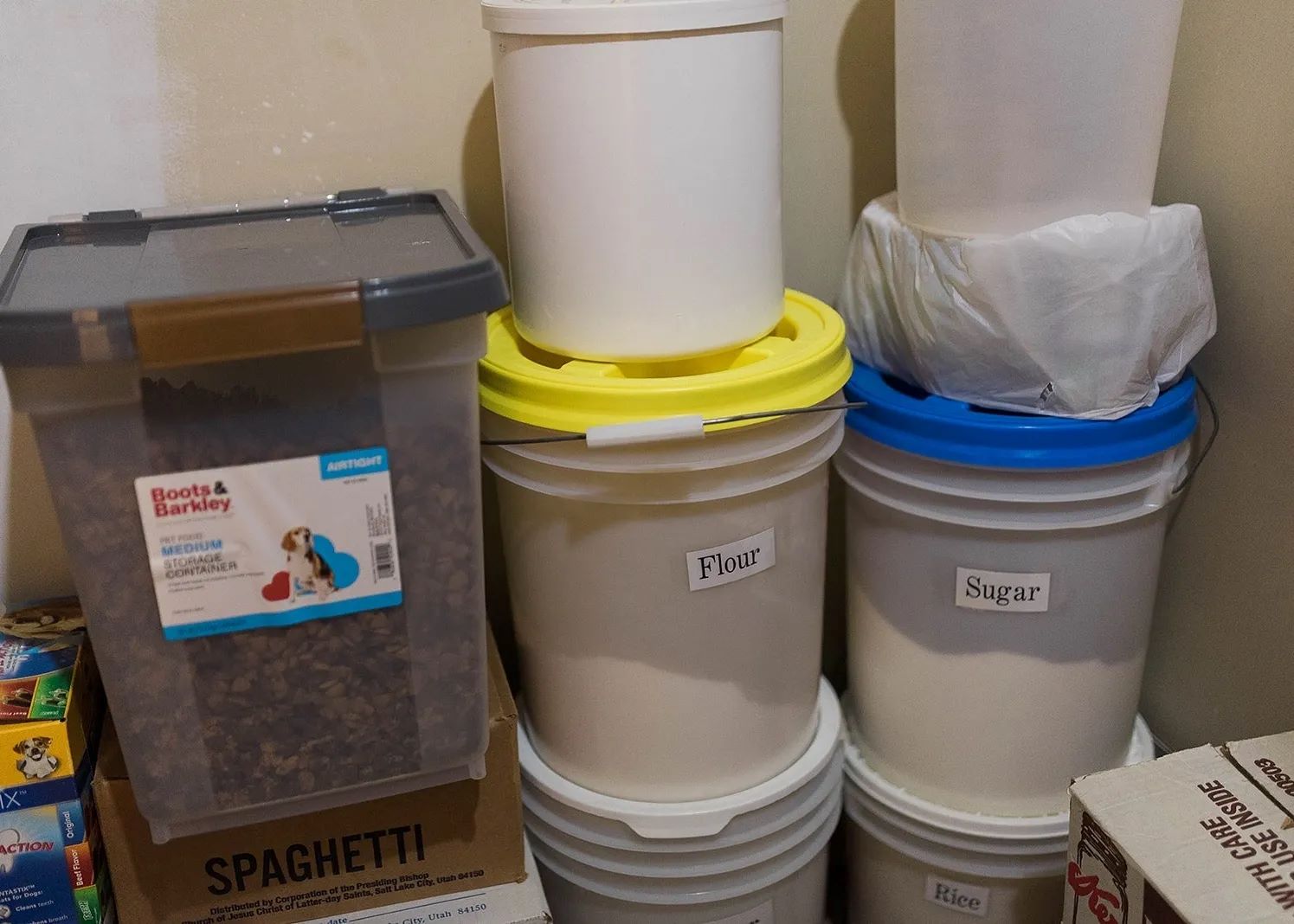

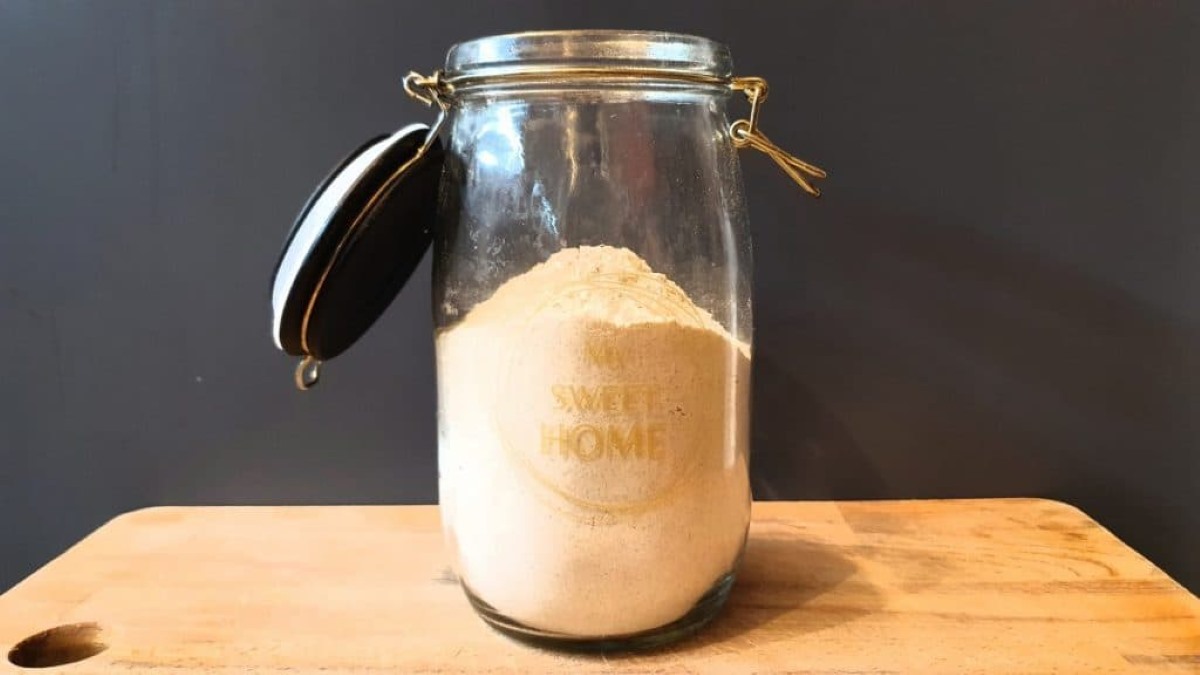
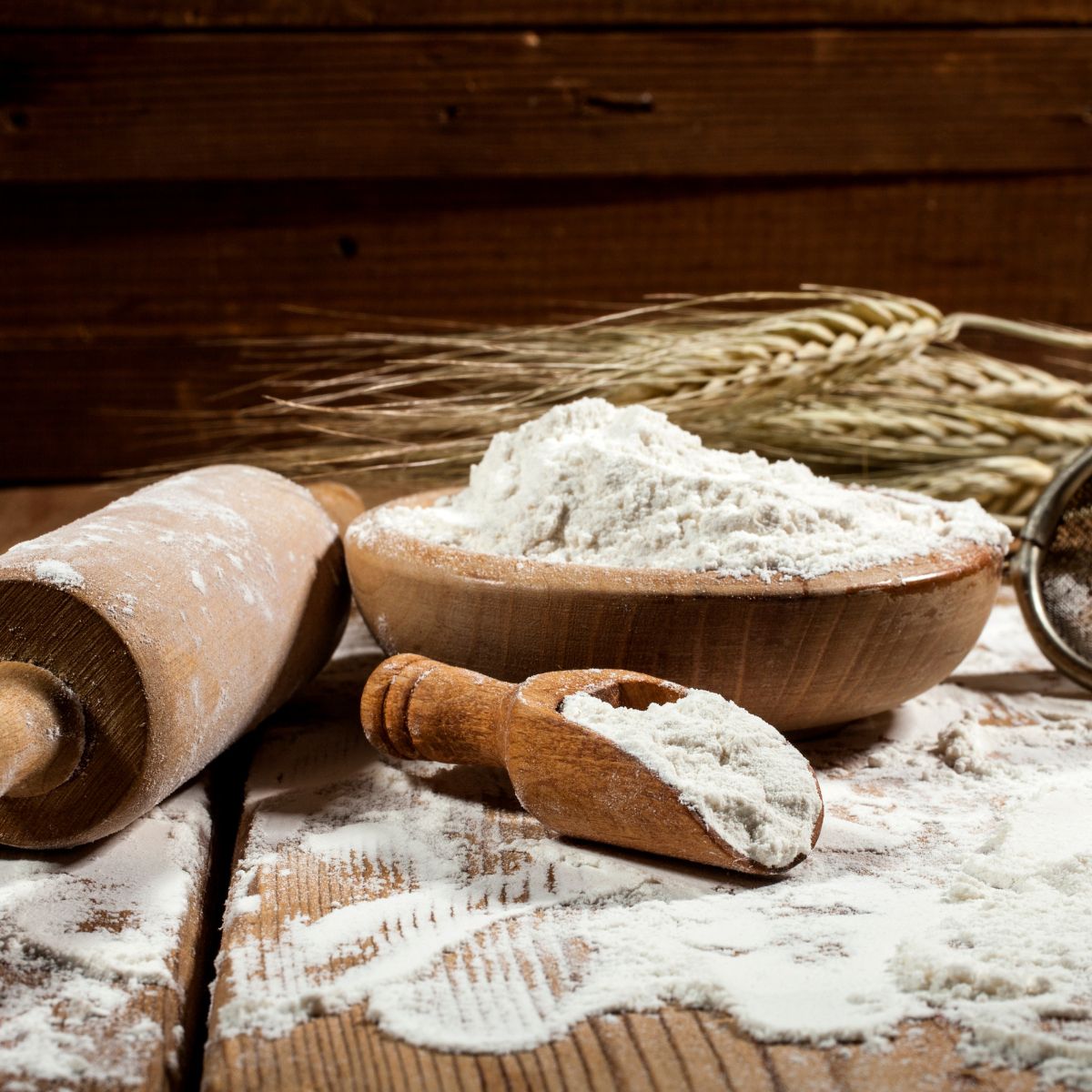

0 thoughts on “How To Store Oat Flour”